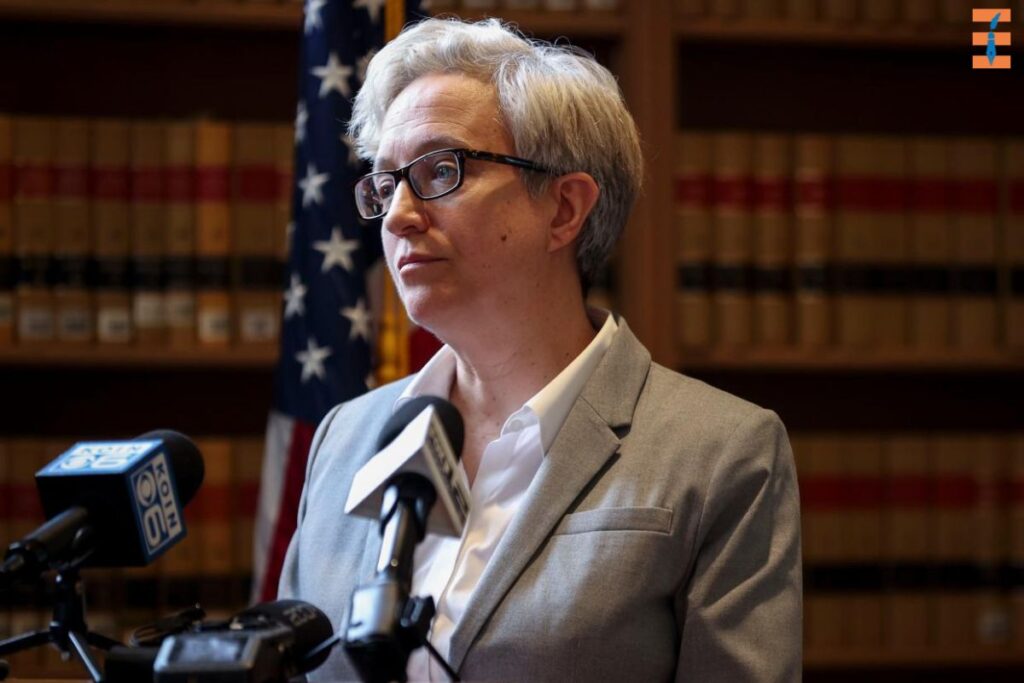Source – www.simbaforkids.ch
Proposal to Increase State School Fund by $515 Million
Governor Kotek has unveiled a proposal to increase the State School Fund’s current service level estimate for the 2025-27 biennium by $515 million. This move aims to address the funding crisis faced by K-12 public schools in Oregon, which has led to layoffs and larger class sizes across various districts.
The State School Fund is a critical source of funding for K-12 public education. The current service level estimate represents the amount needed to maintain existing programs. However, district leaders, including Salem-Keizer Public Schools Superintendent Andrea Castañeda, have called for increased funding, citing dire financial situations. While Castañeda has not commented on the proposal, district spokesman Aaron Harada confirmed the need for urgent action.
Governor Kotek highlighted that the proposed increase is part of a broader effort to ensure a more robust, accurate, and predictable funding mechanism for Oregon’s schools. She acknowledged the nationwide budget shortages resulting from the expiration of federal pandemic relief dollars, declining enrollment, and inflation, among other factors.
Key Changes to Boost State School Fund
To implement this increase, Governor Kotek has directed state agencies to take three significant steps:
1. Adjusting the Budget Distribution Split
For the past decade, the State School Fund has been distributed to districts on a 50/50 split over a two-year period. Kotek’s proposal changes this to a 49/51 split, with districts receiving 49% of the funds in the first year and 51% in the second. This adjustment is projected to increase the current service level calculation by $217 million for the 2025-27 biennium.
2. Revising Compensation Cost Calculations
Traditionally, the state has used 20 years of historical data to estimate compensation costs, a method that has been accurate within two percentage points. Kotek’s plan includes a one-time change to close the gap between projected and actual compensation costs over the last decade, raising the current service level by an estimated $240 million. This change will not carry over into future budget cycles.
3. Updating Local Property Tax Revenue Estimates
The State School Fund is composed of state revenue and local property tax revenue. Historically, fluctuations in local property tax revenue during the second year of the biennium have not been accurately accounted for, affecting resource estimates for schools. Kotek has instructed agencies to project local revenue annually, a change expected to add $55 million to the current service level for the 2025-27 biennium.
Edie Buchanan, president of ASK ESP, representing Salem-Keizer Public Schools’ classified employees, praised Governor Kotek’s proactive approach, emphasizing the importance of collaboration to understand and address the funding crisis.
Broader Efforts to Enhance School Funding
Kotek’s proposal is part of a larger initiative to improve school funding in Oregon. Pooja Bhatt, Governor Kotek’s education initiative director, presented the proposal to the Legislature’s Joint Task Force on Statewide Educator Salary Schedules. This group is exploring new compensation methods for school staff, including the possibility of setting statewide salary minimums.
Bhatt noted that staff costs constitute about 85% of district budgets. However, the state lacks control over local contracts and the data needed to predict future compensation decisions. Often, the two-year state budget is finalized before local contract negotiations conclude. Bhatt is also considering creating a schedule of minimum salaries to be used in calculating the State School Fund current service level, although this may not be implemented in the next biennium.
Senator Michael Dembrow, co-chair of the committee, acknowledged the significance of the proposed half-billion-dollar increase, but cautioned that securing these funds would be challenging. He emphasized that while the proposal is a substantial achievement, it sets the stage for further efforts to address the funding needs of Oregon’s public education system.
Also Read: Public schools wasted COVID funds, Biden’s education budget tacitly admits

